When it comes to choosing a computer monitor, the options can be overwhelming. With advancements in display technology, there are various types of monitors available on the market today, each with its own set of features and advantages. This buying guide aims to provide you with an overview of the different types of monitors to help you make an informed decision based on your specific needs and preferences.
LCD monitors have been the most common type of display for quite some time. They offer a good balance of image quality, affordability, and energy efficiency. LCD panels use a liquid crystal solution sandwiched between two glass plates, which react to electrical currents to control the amount of light passing through. This results in vibrant colors, sharp images, and wide viewing angles. However, LCD monitors may suffer from motion blur and slower response times compared to other types.
LED monitors are a variation of LCD monitors with an LED backlight instead of traditional fluorescent lighting. LED technology offers several advantages, including improved energy efficiency, better contrast ratios, and more precise color reproduction. LED monitors also tend to be thinner and lighter than their LCD counterparts. They come in two types: edge-lit and full-array. Edge-lit LEDs have the backlight around the edges, while full-array LEDs have a grid of LED lights behind the entire screen, allowing for more localized dimming and better black levels.
OLED monitors are known for their exceptional image quality and contrast levels. Unlike LCD and LED displays, each pixel in an OLED panel emits its own light, which results in deep blacks, vibrant colors, and an infinite contrast ratio. This technology allows for incredibly fast response times and wide viewing angles. OLED monitors are often more expensive than other types and may suffer from screen burn-in if static images are displayed for extended periods.
Industrial Touch Screen Monitor
Curved monitors are becoming increasingly popular due to their immersive viewing experience. These displays have a slight curve that wraps around the viewer, providing a wider field of view and reducing eye strain. Curved monitors are particularly beneficial for gaming and multimedia consumption, as they create a more natural and engaging visual experience. However, they may not be suitable for office work that requires precise image editing or text reading.
Ultrawide monitors feature an aspect ratio of 21:9 or wider, providing a broader horizontal workspace compared to standard 16:9 displays. They are ideal for multitasking, as they allow you to have multiple windows open side by side without the need for dual monitors. Ultrawide monitors are commonly used by content creators, video editors, and gamers who want to enhance their field of view. However, some applications and games may not fully support the ultrawide aspect ratio.
Gaming monitors are specifically designed to meet the demands of avid gamers. They prioritize fast response times, high refresh rates, and adaptive sync technologies such as AMD FreeSync or NVIDIA G-Sync. These features help eliminate screen tearing and provide smoother gameplay. Gaming monitors also often have additional gaming-oriented features, such as customizable RGB lighting, on-screen displays for game statistics, and specialized game modes.
For more information, please contact us. We will provide professional answers.
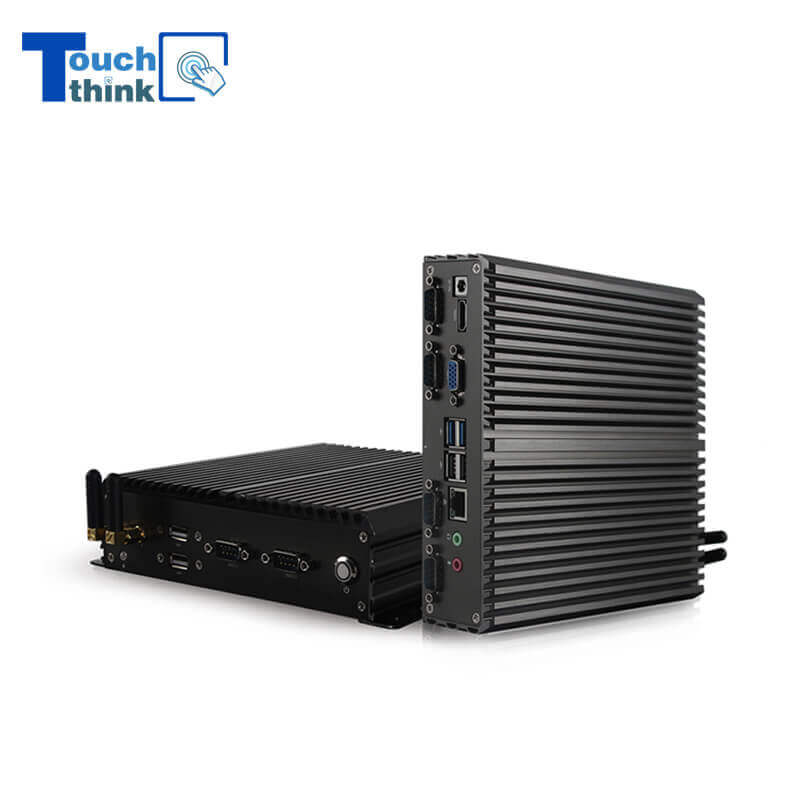
Industrial Mini PC Fanless i3 i5 i7 Industrial Box PC VIEW MORE
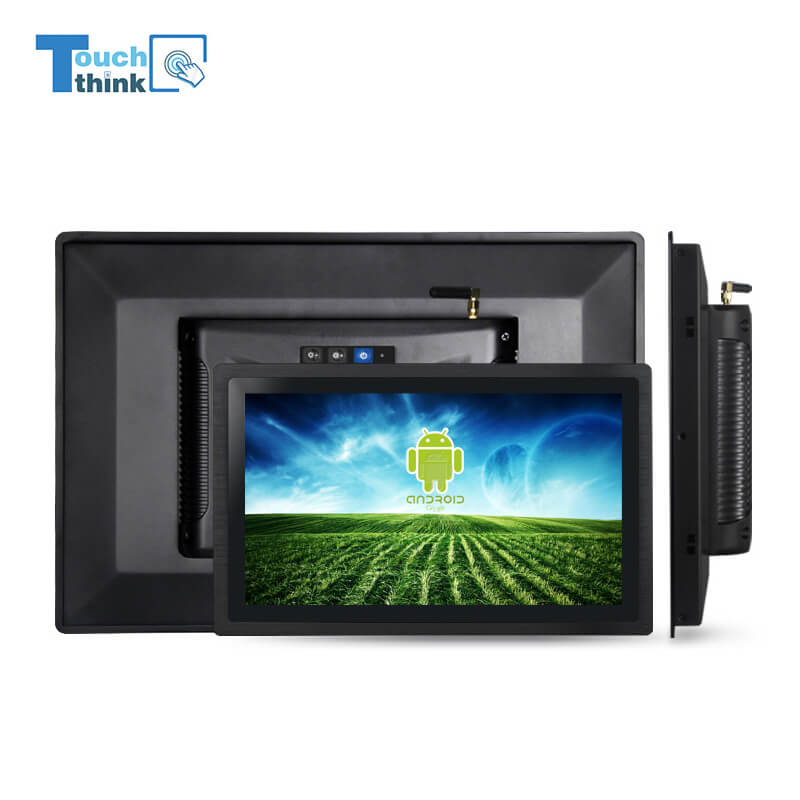
Android 13.0 Industrial Panel PC 21.5 Inch with 4G LTE WiFi Octa-Core For Meeting Room Smart Education VIEW MORE
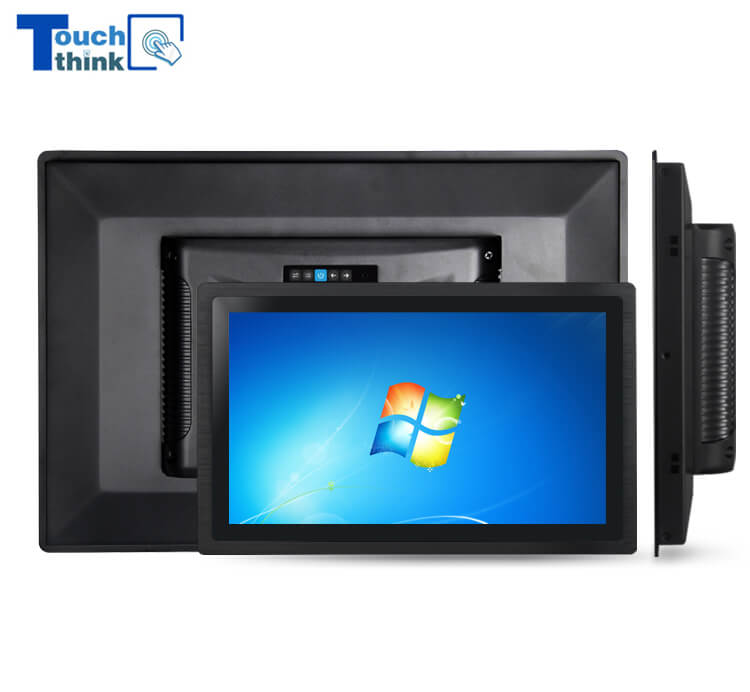
Sunlight Readable Industrial Monitor with Optional Display Size 10.1 inch VIEW MORE
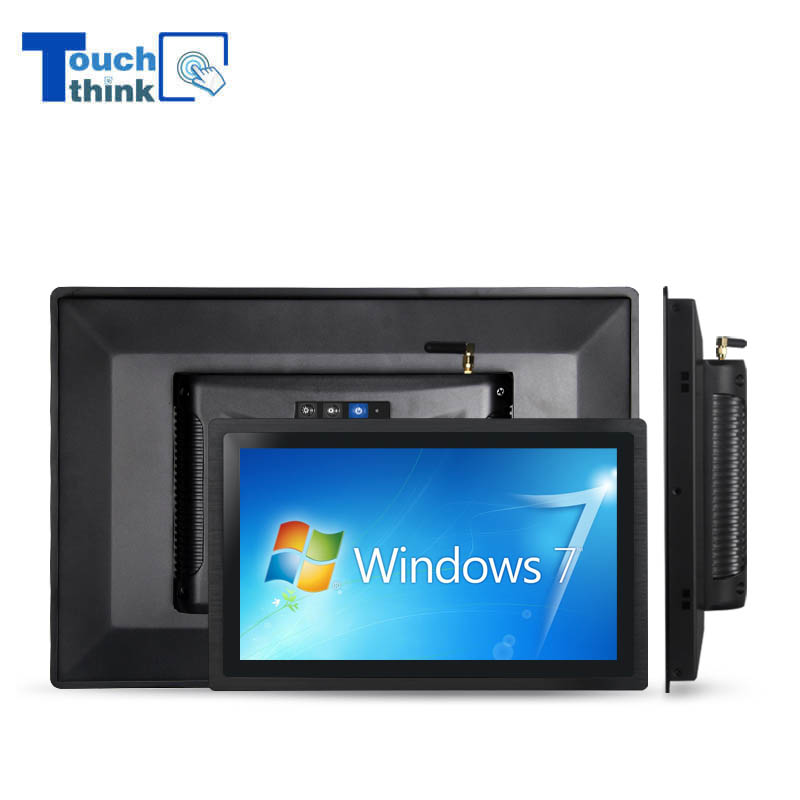
11.6 inch Windows Industrial All in One Panel PC With Touch Screen VIEW MORE
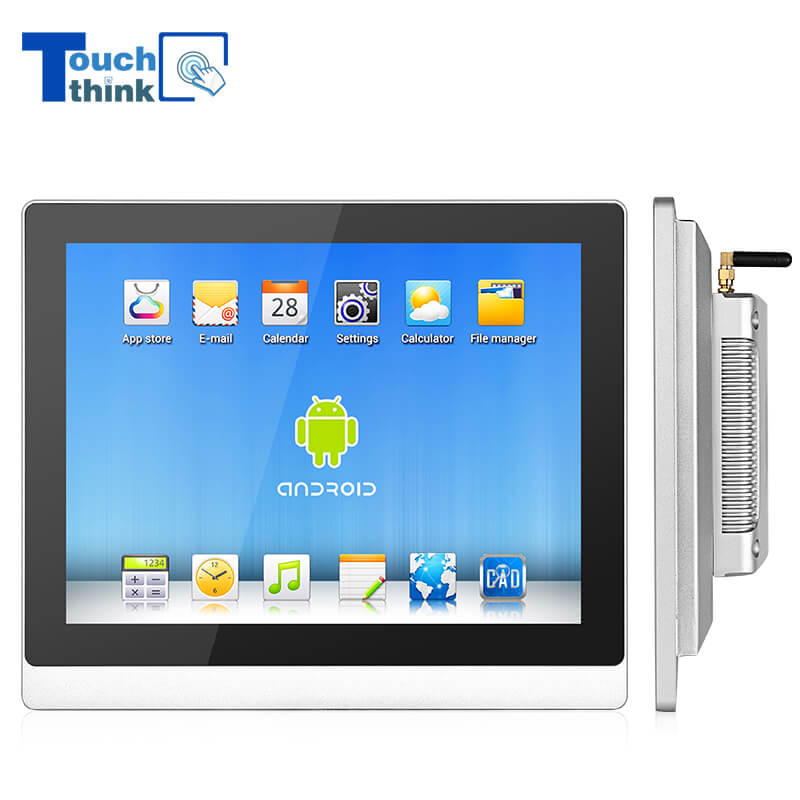
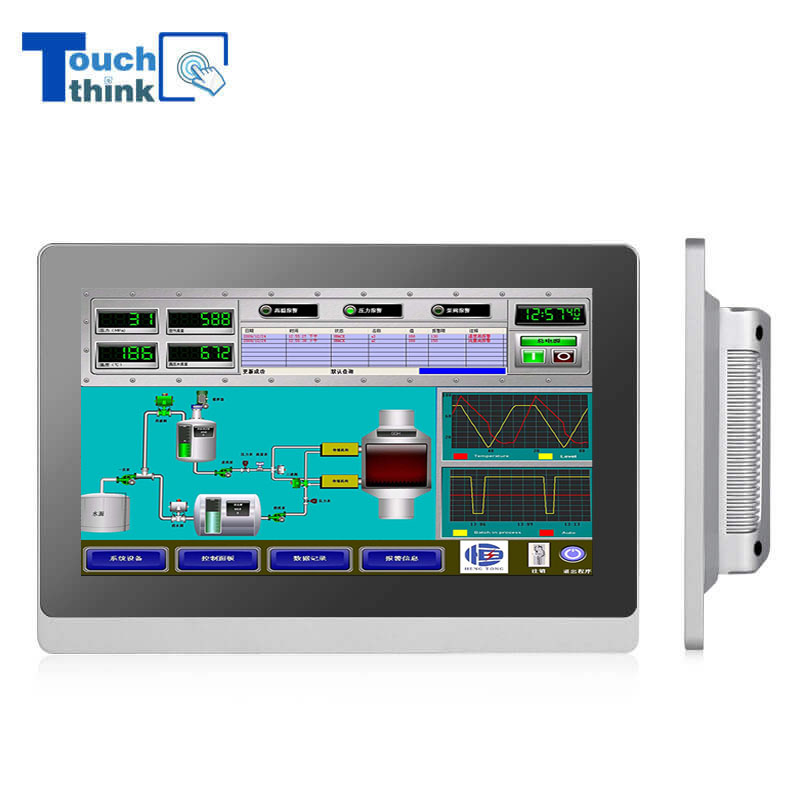
True Flat Capacitive Touch Screen Industrial LCD Monitor IP65 21.5 inch VIEW MORE
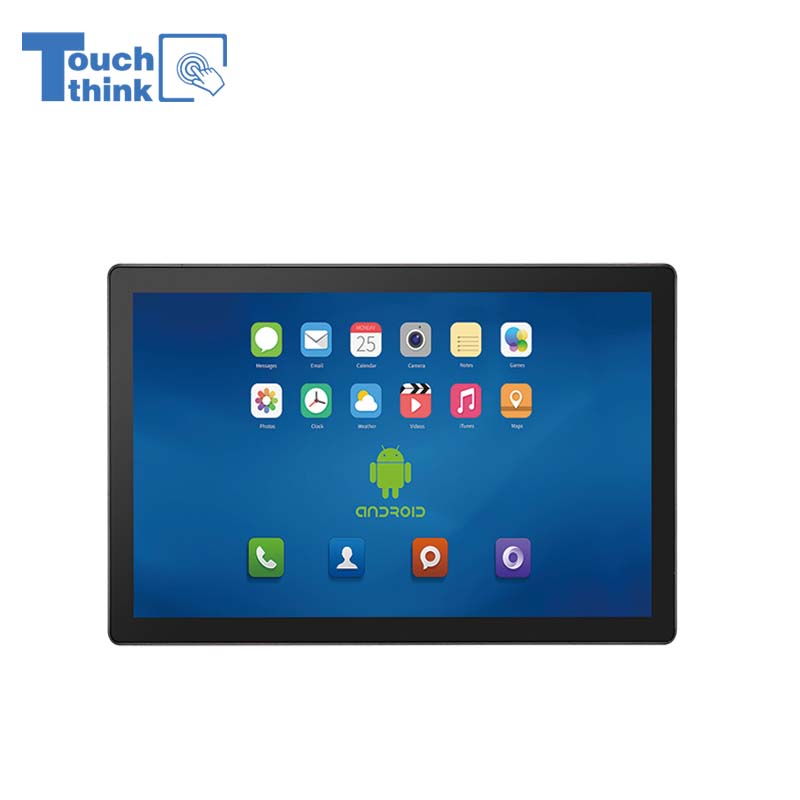
All Weather Android Tablet PC for Public Service Terminals 15.6" VIEW MORE
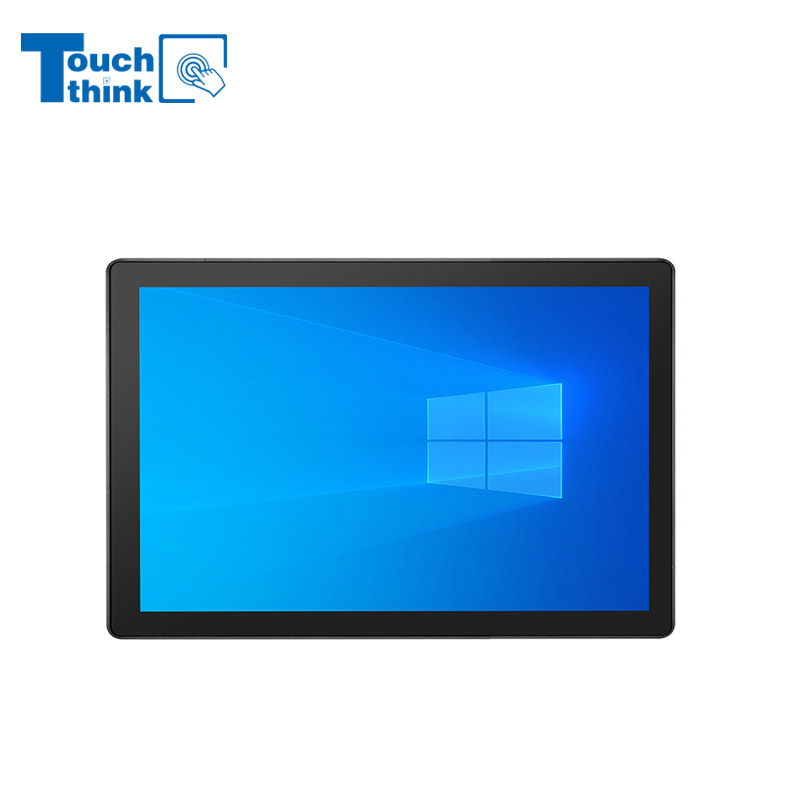
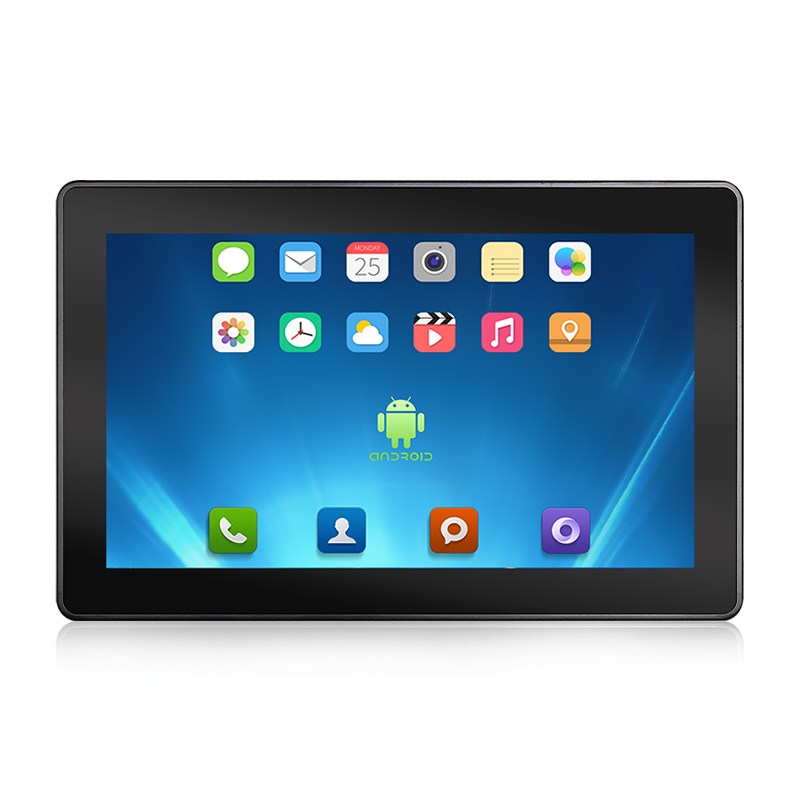
Industrial Android Tablet PC PoE Dual LAN Ethernet Android 12.0 / 7.1 / 9.0 / 10.0 VIEW MORE
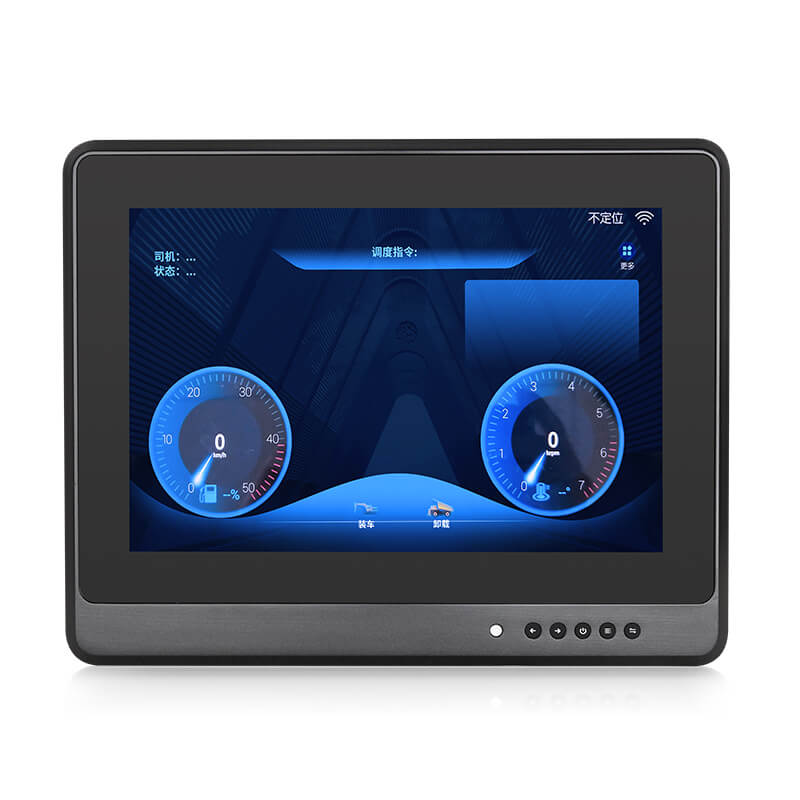
10.1" Vehicle Mount LCD Monitors Vehicle Touch Displays Car Crane Monitor VIEW MORE
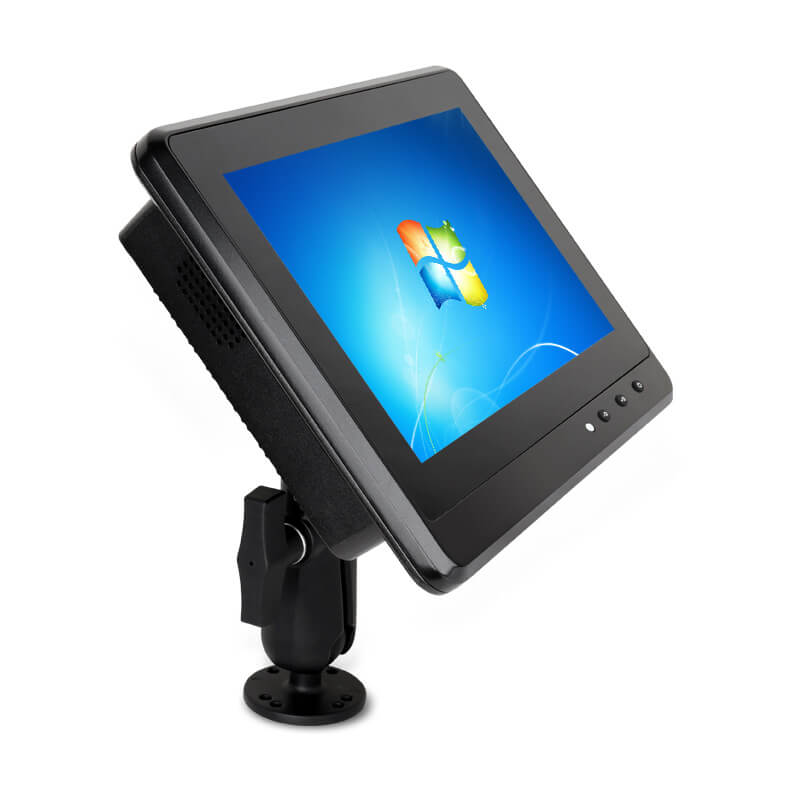
Transportation Panel PC Windows Vehicle Mounted Touch Computers VIEW MORE
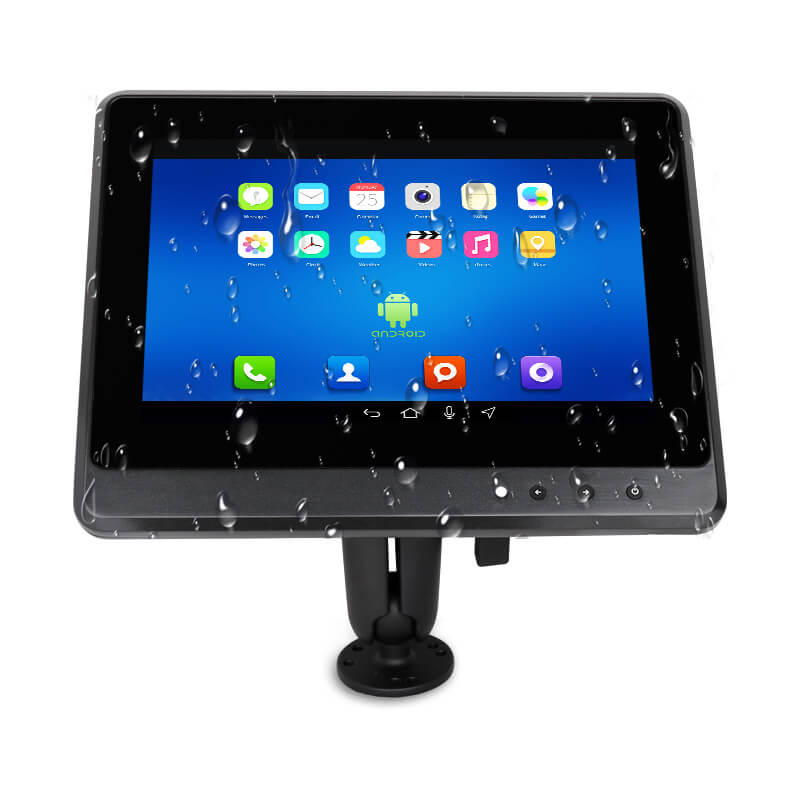
Android In-Vehicle Industrial Panel PC Vehicle AGV Computer VIEW MORE
Skype: live:touchtec
Copyright © Shenzhen Touch Think Intelligence Co.,Ltd. All Rights Reserved Update cookies preferences